Personalized advertising — also known as “customized advertising” and formerly as interest-based advertising — is a powerful tool that improves advertising relevance for users and increases ROI for advertisers. When brands combine consumer data with advertising technology, they can deliver individualized messaging, experiences and products in more innovative ways than ever before.
Personalization employs online user data to target users with more relevant advertising content, providing an improved advertising experience.
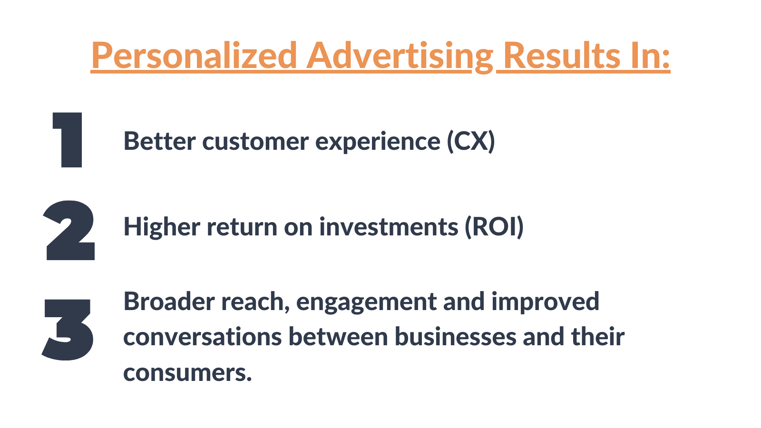
Brands Making it Personal
There are several tactics used in PA such as improved technology, hyper-segmentation, algorithms, behavioral trigger emails, distinct mobile and web experiences, CRM and other specific ways to collect and analyze data. Today, this is happening most commonly in the ecommerce space, where content is displayed differently based on who’s on the receiving end.
Take a look at how these major brands effectively executed personalization tactics:
- Coca-cola’s “Share a Coke” campaign, celebrating the power of the first name in a playful, fun way.
- Personalized subscription boxes like Birchbox, Nordstrom’s Trunk Club, FabFitFun, Vinebox and more.
- Spotify’s “Wrapped” experience that reviews users’ favorite artists, songs, genres, etc.
- The data-driven user homepages that Netflix generates by tracking and algorithms
- The Shutterfly mobile app will automatically identify pictures with faces on them and place them on items that you can buy (after you’ve granted permissions and created an account)
- Snapchat’s Bitmoji (or cartoon) version of yourself that you can customize on the Bitmoji app and can feature on your Snapchat profile.
Here are a few quick facts that reveal the power of personalized ads:
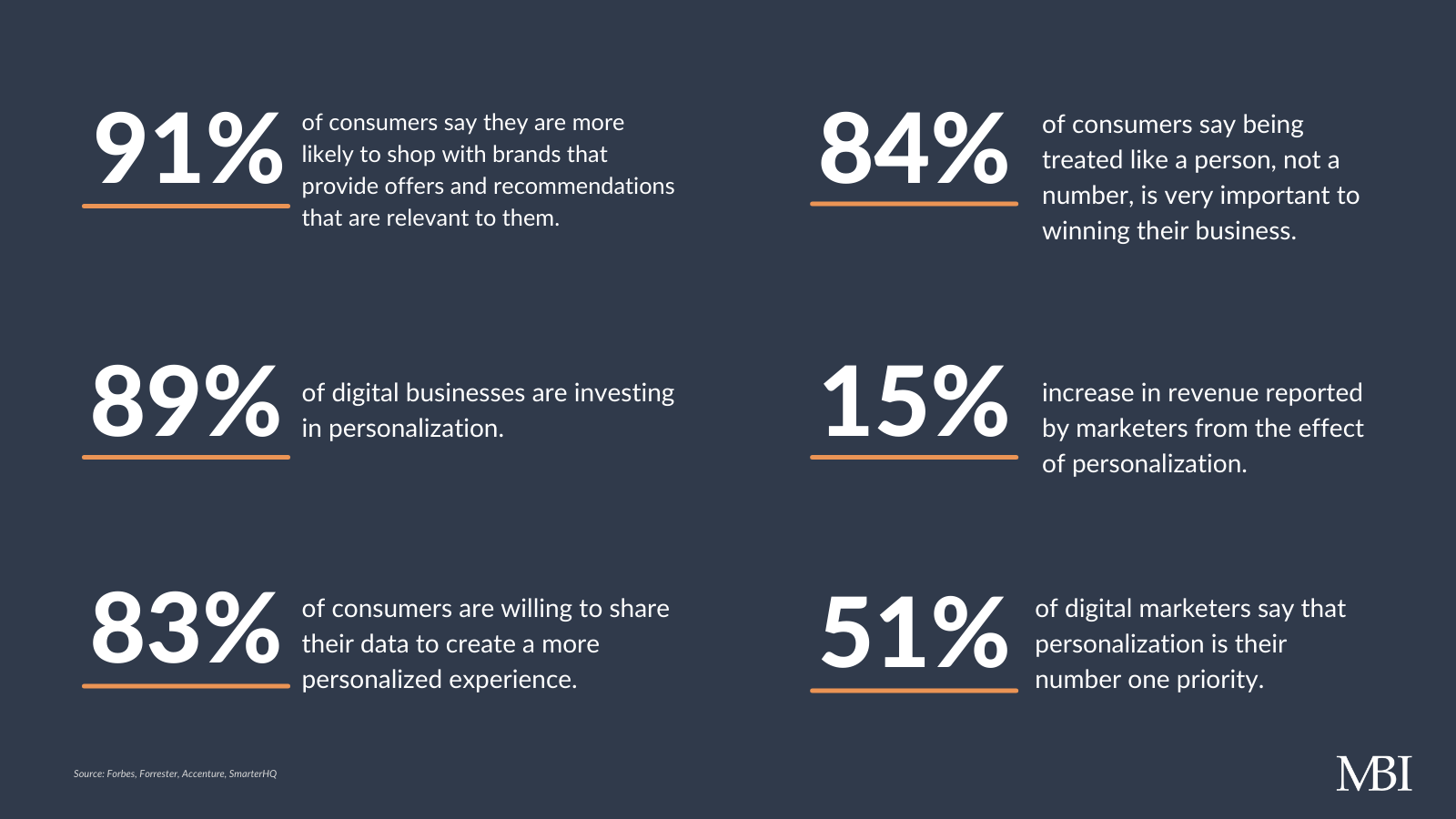
Tackling Data Skepticism
Customers understand that to receive personalized content and relevant promotions, marketers and retailers need to acquire some first-party data. Think of it as mutualism— that vocab word you learned in middle school science class: the symbiotic relationship where both parties benefit from each other. In this case, consumers benefit by receiving a better customer experience. The business benefits from the revenue and loyalty that consumers give.
The truth? Consumers don’t hate ads. They hate the intrusion and possible misuse of their personal information. With the increase in identity thefts, data misuse and other cybercrimes, consumers are understandably skeptical of where and how their sensitive information will be used.
However, many companies have created policy standards regarding personalized advertising and what data advertisers can and cannot acquire. For example, Google’s advertising policies are clearly stated and easily accessible for anyone to view. The policies are outlined on everything from data collection and use to policy principles and prohibited categories. It’s important for consumers to understand your business’s privacy guidelines. Consumers appreciate the convenience and experience that comes with personalized advertising — but not if it costs their privacy.
We put together a few tips for marketers to practice when executing effective and trustworthy personalized advertising:
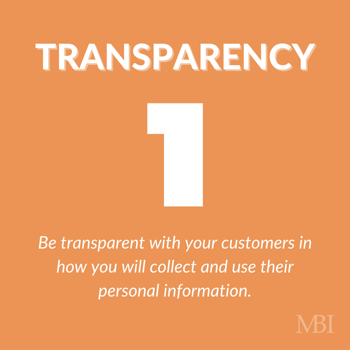
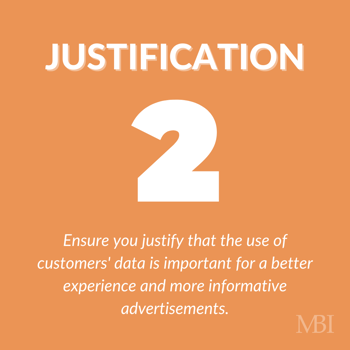
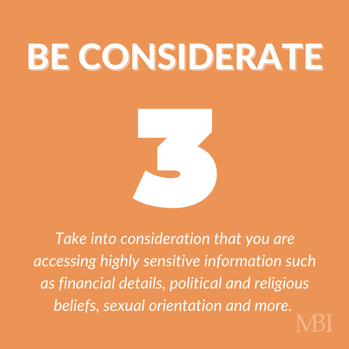
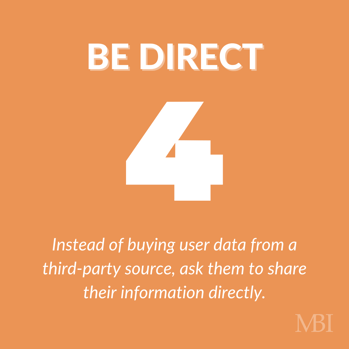
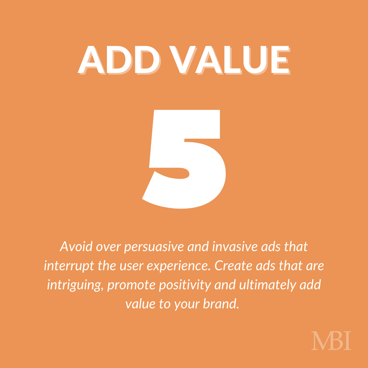
Understanding customer concerns and learning ways to make them feel more comfortable about their data will not only build trust and loyalty, but will boost engagement, conversions and revenue for your brand.
How MBI Can Help
At MBI, we help a variety of businesses develop smart digital media and personalized advertising strategies with an unbeatable price for guaranteed success. To get started on your next campaign, connect with an MBI media strategist today!

